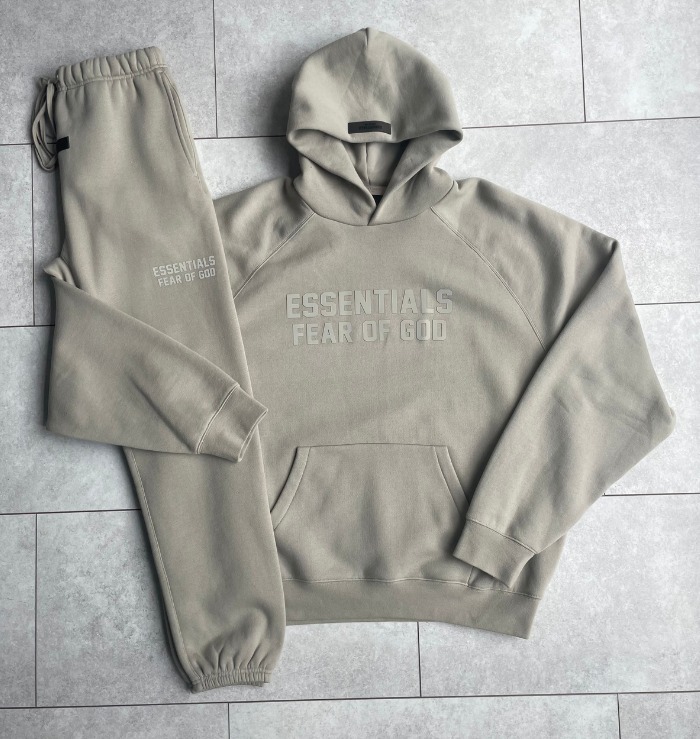
When most people think of Mardi Gras, images of wild parties, colorful beads, and crowded parades often come to mind. But beyond the surface-level fun, Mardi Gras is a deep-rooted cultural and historical tradition that reflects the spirit, resilience, and identity of communities—especially in New Orleans. To truly understand Mardi Gras, it’s worth exploring its meaning from a cultural perspective, not just a tourist attraction.
The Origins: A Blend of Cultures
Mardi Gras has its roots in ancient European traditions, particularly from France and Italy, where pre-Lenten feasts and carnivals were common. French colonists brought the tradition to Louisiana in the 18th century, and over time, it evolved into a unique blend of European, African, and Creole influences. This cultural fusion is at the heart of what makes Mardi Gras in New Orleans so special.
More Than Beads and Parades
Mardi Gras is a living tradition that represents heritage, community pride, and artistic expression. The people behind the parades—the krewes—spend months preparing their floats, costumes, and themes. Many krewes are social and cultural organizations that have existed for decades, and some even have roots in civil rights movements and efforts to preserve African American history.
The Role of Family and Community
While the media often highlights the rowdy side of Mardi Gras, especially on Bourbon Street, most of the city’s celebrations are family-friendly and deeply community-oriented. Families line the parade routes with ladders, chairs, and picnic setups, enjoying the festivities together. For locals, Mardi Gras isn’t just a one-day event—it’s a season of togetherness, creativity, and tradition.
Black Masking Indians: A Unique Mardi Gras Tradition
One of the most powerful cultural expressions during Mardi Gras is the tradition of the Black Masking Indians. These groups, also known as Mardi Gras Indians, are African American communities in New Orleans who dress in elaborate handmade suits inspired by Native American attire. Each suit can take nearly a year to create and is a symbol of resistance, honor, and artistry. Their processions are not just about celebration, but storytelling and cultural preservation.
Mardi Gras and Social Commentary
Some krewes, such as Krewe du Vieux, are known for their satirical floats and social commentary, using humor and art to address politics, social issues, and cultural trends. This creative outlet is part of Mardi Gras’ unique charm—it’s a festival that allows people to express joy, critique society, and reflect on identity, all at once.
Economic and Artistic Impact
Mardi Gras also supports local economies and artists. From costume designers and musicians to float builders and food vendors, thousands of people rely on the season for income and exposure. It is a vital economic engine for the city, but more importantly, it provides a platform for creative voices to be seen and heard.
A Celebration with Meaning
In recent years, more attention has been paid to the cultural importance of Mardi Gras beyond tourism. Locals are working to preserve its authenticity, combat cultural appropriation, and educate visitors about its roots. For those who truly want to experience Mardi Gras, engaging with its history and respecting its traditions makes the celebration even more meaningful.
Final Thoughts
Mardi Gras is not just a party—it’s a celebration of life, identity, and community. Behind every parade float and bead throw is a story, a tradition, and a culture worth honoring. Whether you’re a visitor or a lifelong local, Mardi Gras invites you to take part not just in the fun, but in a shared cultural heritage that has stood the test of time.



